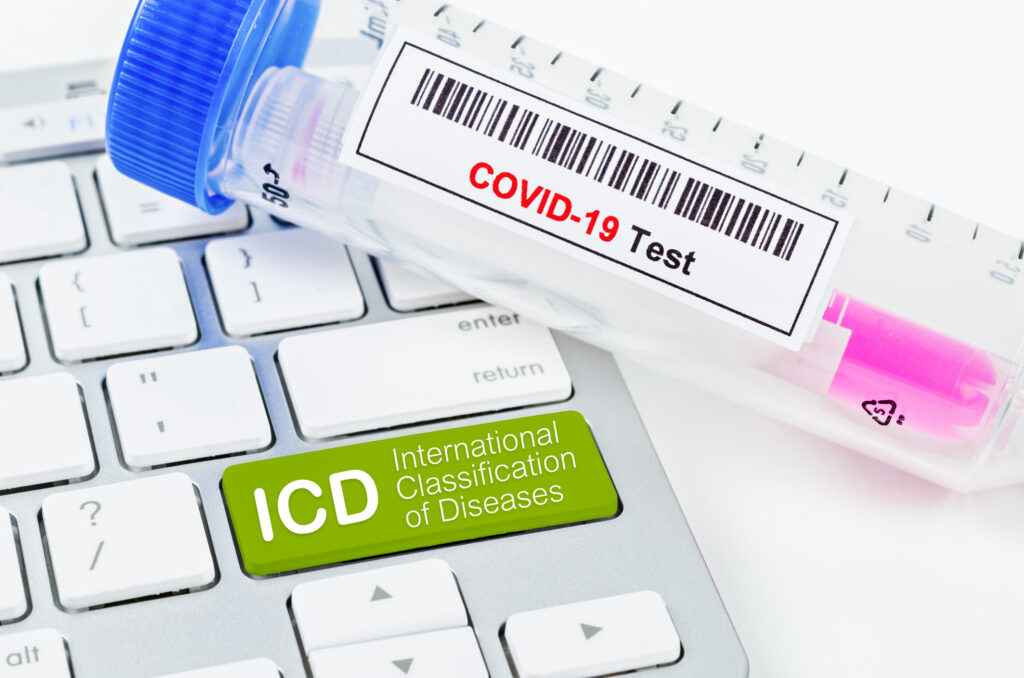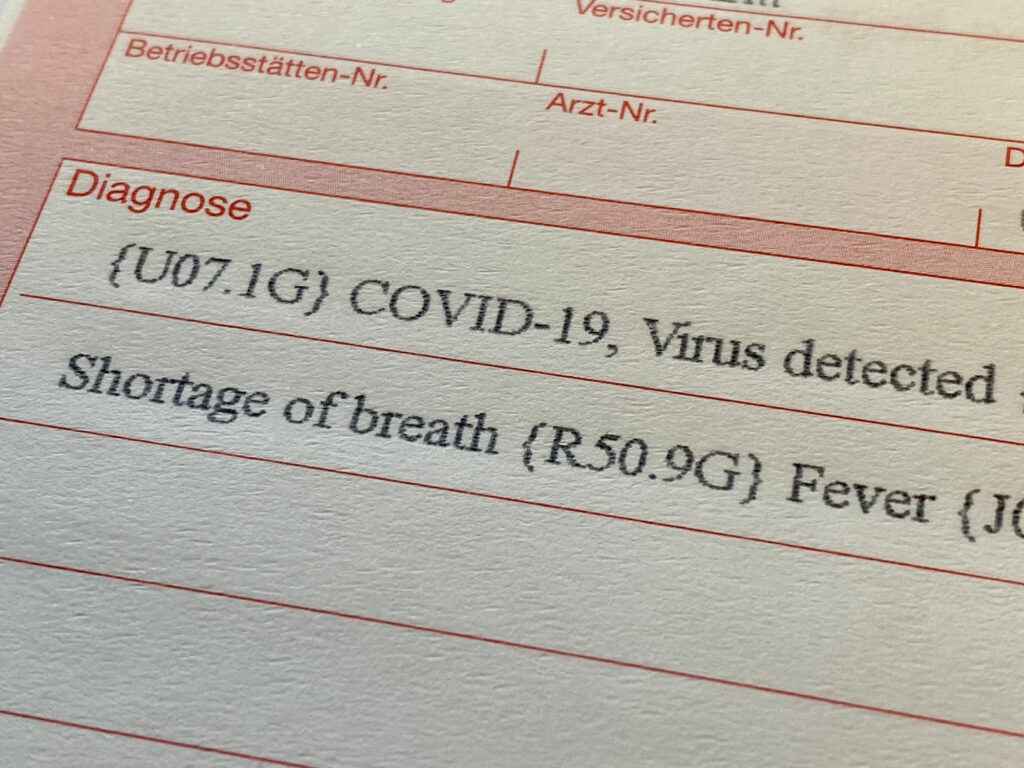June 2021
What Is The ICD (International Classification of Diseases)?
Do you want to learn more about ICD codes? Are you interested in learning more about medical coding? This article will give you an insider’s scoop on what you need to know about ICD, what’s important about ICD, and what ICD looks like in context.
What is it?

ICD stands for the International Classification of Diseases. ICDs are frequently revised and updated. Medical coders are currently using the ICD-10 code list, while ICD-11 medical procedure codes are going to be released on New Year’s Day for 2022.
Here are some example codes:
- E11.8 – Type 2 Diabetes Mellitus Without Complications
- K43.2 – Incisional Hernia Without Obstruction or Gangrene
- O80 – Encounter For Full Term Uncomplicated Delivery
There are around 140,000 combined procedure and diagnosis codes found within ICD-10, and there are more to come in ICD-11. ICD coding guides house a complete list of diagnosis and procedure codes for all conditions that patients can be diagnosed with.
What is it Used For?

ICD codes serve as the auto-complete feature or the middle button game for missing information on forms required by health insurance companies. When you go to the doctor or stop at urgent care, pay for healthcare services, medical coders are responsible for using the right code to get paid properly. They also ensure that the patient is billed properly.
The Flu in Context

This is what the process looks like from the medical coding perspective when someone has the flu:
Visit Notes: The patient came into urgent care with symptoms of the flu. The patient tried to manage symptoms with cold medications and home remedies without symptom relief. The physician administered an RMA, the rapid molecular assay. RMA came back positive for Influenza type A and was positive for unspecified pneumonia.
Medications: Tamiflu
Plan: The patient has been informed and educated on the treatment plan; bed rest and encouraged to hydration with electrolytes. Tamiflu 75mg PO q24h for a 6-day course with 1 refill available if needed. Informed patient to return to urgent care or see their physician if symptoms do not subside after 6 days.
Let’s decipher through the jargon and distill the content down to what we need. What coders need to know is the following: Urgent care and Influenza Type A.
What medical coders do then, is search for the proper ICD-10 code in their manual, which can be done in different ways. A good start is going by chapter or through the index, in which case you would use “I” for Influenza. Once you locate “influenza,” you then read down each line to record the highest level of specificity.
Higher specificity means higher reimbursement rates and more accuracy. In this case “Influenza due to other identified influenza virus with unspecified type of pneumonia.” This specificity correlates with ICD code: J10.00.
When a visit is complete, the billing and coding department starts handling payment. This means to bill the patient for their copay and their health insurance (if the patient has health insurance). Any leftover costs are the patient’s responsibility. Coders input the correct codes on the form, and then the patient gets a bill.
Putting it All Together
ICD codes are a critical part of the billing process for diagnoses and procedures. If you are considering a career as a medical coder, this will be one of the most important guides that you will reference. Medical coding has a quintessential role in the healthcare process and is very rewarding.
In this article, we went over what ICD is, what it does, and walked you through a hypothetical patient interaction to understand ICD codes in context. If you like seeing the behind-the-scenes operations of a healthcare provider, consider a career as a medical coder.